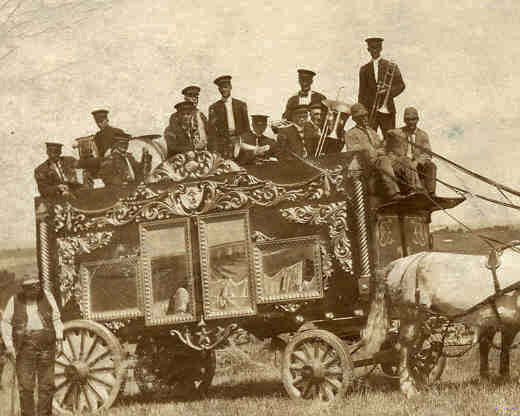This March, George Parker wrote a wonderful article for the UK’s Brand Republic titled “The Twitterisation of the Adverati”. [1] It’s a great read— in-going premise is right on target and the writing is Brit-witty and very entertaining. It’s a clever admonishment of ad agency people for jumping on bandwagon after new media bandwagon before they really understand what they are. Just like the news media and just like their clients. This makes us very poor advisors in the area where we are supposed to be the experts.
First off, we need to make a clear distinction between how popular and interesting a new communication medium is and how viable and valuable it is as a commercial medium for a client’s specific target group. In other words, the ad industry needs to be logical and rational when approaching new media for client’s business, just like it is for traditional media. For this conversation, let’s define new media as media technology created since the year 2000— excludes email and the web, and includes SMS & mobile communications, social networks, blogging, Twitter, etc.
Clearly, Twitter has been hugely popular as a communication medium, but it was never intended to be for commercial messages. Neither was email, for that matter, but over a long period of time (over three decades) it has become so. But marketers have been trying to use Twitter to promote products and services as soon as it achieved mainstream buzz and noticeable critical mass in 2008. In fact, the ham-fisted efforts of marketers may be directly responsible for Twitter’s lack of stickiness with new users––its monthly attrition has recently been reported at 60%. [2]
Twitter is an easy target for this sort of criticism, in no small part due to its 140 character tweet limit, which would appear to make any density of thought (see MW post DENSITY OF THOUGHT ) difficult for anyone who didn’t go through their teens hooked on Messenger or with their own texting mobile phone.
Here’s what I believe to be true:
- People form their media habits in their 20s and 30s, and with some exceptions, these media remain a person’s favourite ways to consume news and entertainment.
- Most people with formed media habits will experiment with new media, but for communications, not as the new primary way to enjoy news and entertainment.
- Since media habits are a function of age, marketing advisors need to build models which create and prioritise the ideal media mix for the client’s target group. Budget will determine how deep into the media mix a specific campaign gets.






